
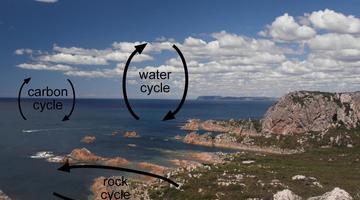
The ocean plays an important part in several Earth systems and cycles. This is hardly surprising, as it covers two-thirds of the planet’s surface. It is difficult to study any of these systems ...
READ MORE
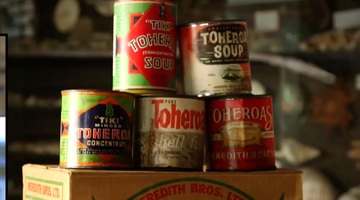
Shellfish numbers have been plentiful for centuries and important kai for Northland Māori, but industrial harvesting and canning had a devastating effect on toheroa numbers. I ngā wā o mua ko te ...
READ MORE
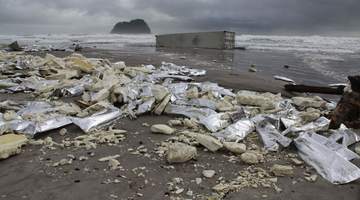
The resources in this collection are about where the land meets the sea. New Zealand has 15,134 km of coastline with extensive marine habitat. Land and sea are intricately linked, one impacting ...
READ MORE
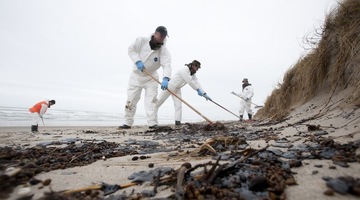
In this activity, students consider short-term and long-term responses to an environmental disaster such as the Rena. By the end of this activity, students should be able to: describe what might ...
READ MORE
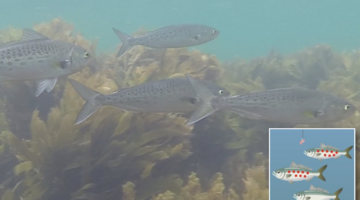
In this activity, students model bioaccumulation of toxins in marine animals. They participate in a food web game where feeding decisions determine their survival. By the end of this activity ...
READ MORE
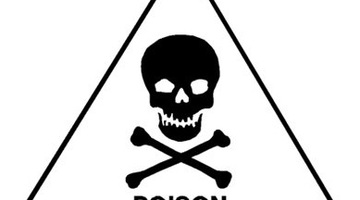
In this activity, students learn about toxins and poisons and research what’s poisonous in New Zealand. By the end of this activity, students should be able to: describe how at least one ...
READ MORE
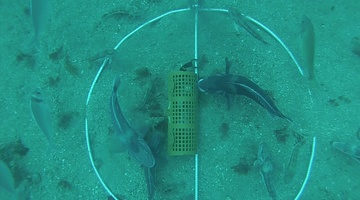
Come and visit Aotearoa New Zealand’s underwater world in this online citizen science project. Discover, count and identify unique fish species that live within our marine reserves ...
READ MORE
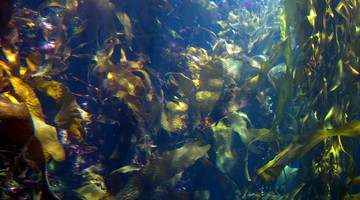
Kelp forests are one of the most biodiverse habitats on Earth. Every nook and cranny is jam-packed with life! This citizen science project wants to understand more about how kelp forests grow and ...
READ MORE
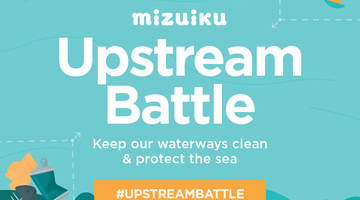
Did you know that 80% of marine litter globally starts life on land? Mizuiku Upstream Battle is a citizen science programme run by Keep New Zealand Beautiful. It aims to get volunteers across ...
READ MORE
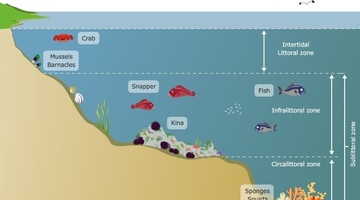
The rocky shore is a popular topic in primary school science. Below are some Science Learning Hub resources for primary teachers related to the rocky shore in the Living World strand of the New ...
READ MORE

Students carry out a practical investigation to help AgResearch scientists monitor the spread of Microctonus aethiopoides (a tiny wasp) and its success as a biocontrol agent for clover root ...
READ MORE
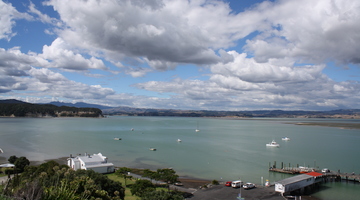
With 75% of New Zealanders living within 10 km of the coast, many students will be familiar with estuaries. In scientific terms, estuaries are the interface between the land and the sea – the ...
READ MORE
Professor Keith Hunter, of the University of Otago, explains how the ocean links several Earth systems, and is like a vast biological, chemical and geological factory. Huge currents act like ...
READ MORE
This episode of Project Mātauranga explores the work of the Toheroa Abundance Project. Toheroa were once prolific on the beaches of Northland, but historical mass commercial harvesting has ...
READ MORE
Dr Shaun Ogilvie, Dave Hamon and Larn Wilkinson tell us about their work in a collaborative study involving Cawthron, the Hauraki Māori Trust Board and local iwi. The focus of this study is to ...
READ MORE
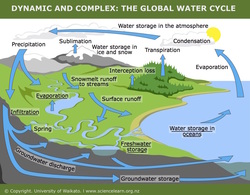
Water in the Earth system is influencing all aspects of life on Earth. Pathways, storage, transfers and transformations have an effect on the global climate and human welfare. Within this ...
READ MORE
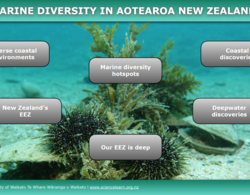
Aotearoa New Zealand is a hotspot for marine diversity.
READ MORE
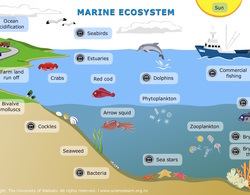
Explore this interactive diagram to learn more about life in the sea. Click on the different labels to view short video clips or images about different parts of the marine ecosystem. Select here ...
READ MORE